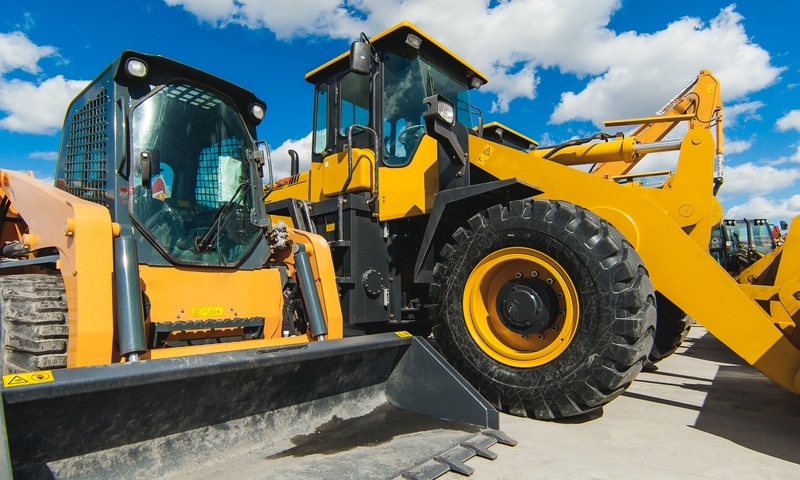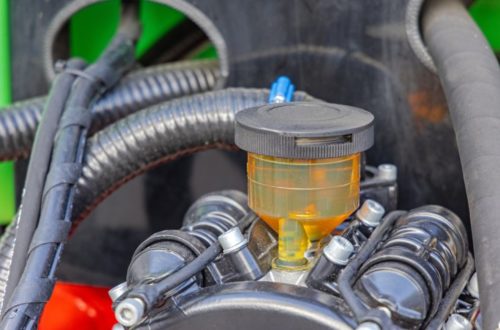How To Prepare Heavy Equipment for Storage

Properly storing heavy equipment is essential to maintain its longevity and ensure it remains in optimal condition for future use. Neglecting the preparation process can lead to mechanical issues, costly repairs, or deterioration over time. This guide walks you through how to prepare heavy equipment for storage so that it’s ready to go when you need it.
Clean the Equipment Thoroughly
The first step to preparing heavy equipment for storage is to clean it thoroughly. Dirt, grease, and debris can cause corrosion, rust, or damage if left untreated for long periods.
Use a pressure washer to eliminate buildup from hard-to-reach areas and clean and re-lubricate all grease fittings. Removing contaminants from your equipment preserves its condition and sets the stage for a proper inspection.
Perform Inspections and Maintenance
Once you clean the equipment, conduct a detailed inspection to identify damages or areas that need maintenance. Check for worn-out parts, leaks, or loose bolts.
Performing routine maintenance, such as tightening connections and replacing worn components, allows you to address potential issues before they worsen during storage. Additionally, record your findings to make sure you have a head start on future repairs if needed.
Change the Fluids and Filters
Before storing your heavy equipment, it’s crucial to replace fluids like engine oil, hydraulic fluids, and coolants. Old fluids break down over time, leading to internal damage or corrosion. Similarly, dirty filters clog systems during reactivation, so replacing them ahead of storage ensures everything functions smoothly when the equipment is in use again.
Protect the Tires and Undercarriage
Tires and undercarriages are particularly vulnerable during storage. Over time, stationary tires can develop flat spots or lose air pressure.
To prevent this, inflate them to their recommended pressure levels and consider rotating the tires periodically if possible. For the undercarriage, apply a protective coating to prevent rust and minimize wear from environmental conditions.
Secure the Battery and Electrical Components
Batteries can discharge when equipment sits for long durations. Remove the battery entirely and store it in a cool, dry environment. Fully charge it beforehand and use a battery maintainer to keep it in peak condition. Inspect electrical components to ensure the wiring is intact and properly insulated to prevent damage from pests or moisture.
Choose a Suitable Storage Location
Knowing where to properly store your heavy equipment plays a vital role in preserving its overall condition. Look for a shaded or indoor space that offers protection against harsh weather conditions. A location with a stable environment reduces exposure to temperature fluctuations, preventing damage caused by extreme heat, cold, or humidity.
Cover and Protect Equipment
To shield your machinery from dust, precipitation, and UV damage, cover it with an industrial-grade tarp or fitted cover. Use materials that are durable yet breathable to reduce the risk of condensation. During this process, seal all openings, vents, and gaps to deter pests from nesting inside the equipment.
Knowing how to prepare heavy equipment for storage provides peace of mind knowing you’re properly protecting your investments. Whether you’re storing equipment for weeks, months, or longer, following these steps guarantees its performance and reliability when it’s needed again. Take action today to keep your machinery in top-notch condition for the future.
Would you like to receive similar articles by email?





